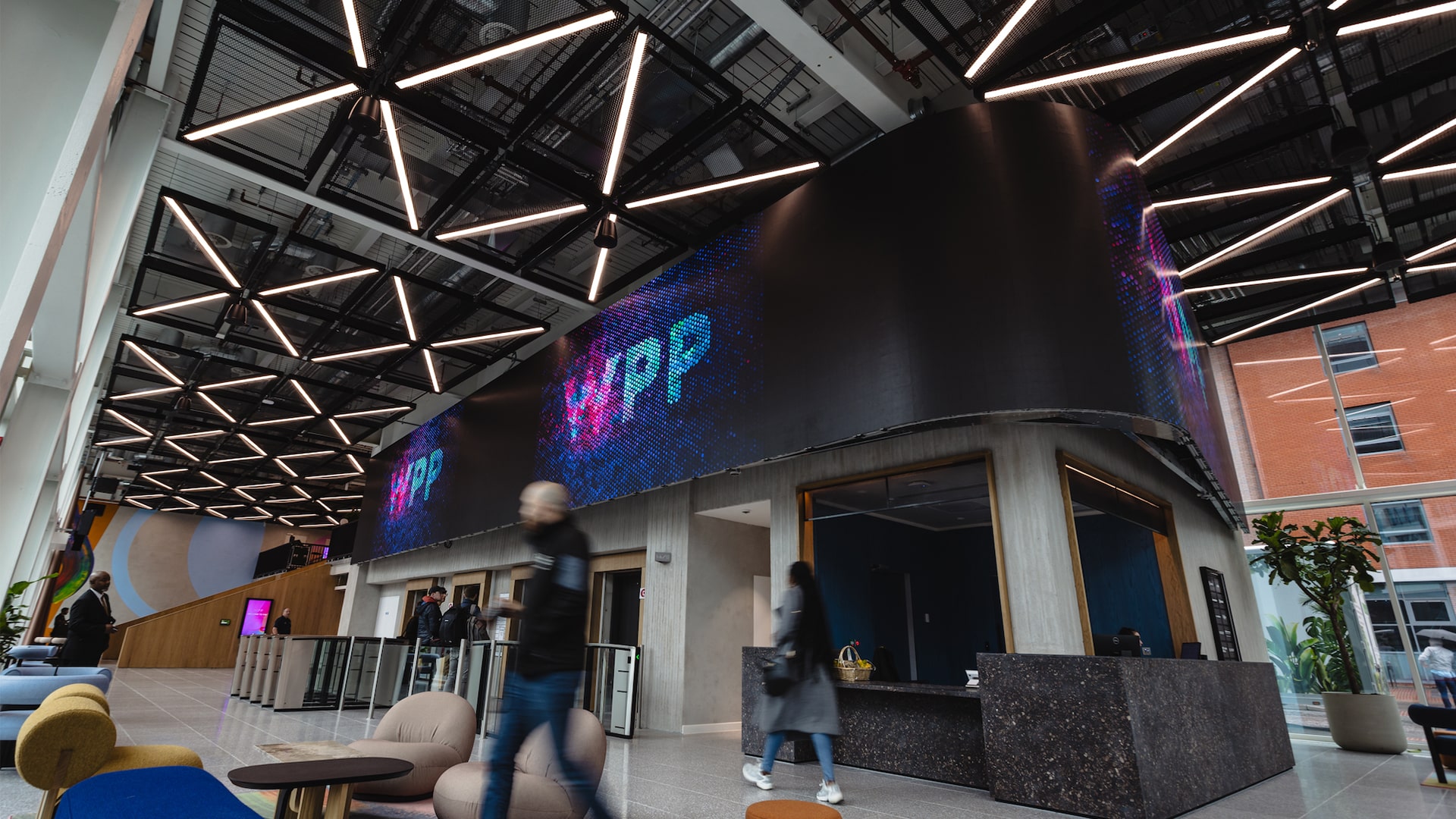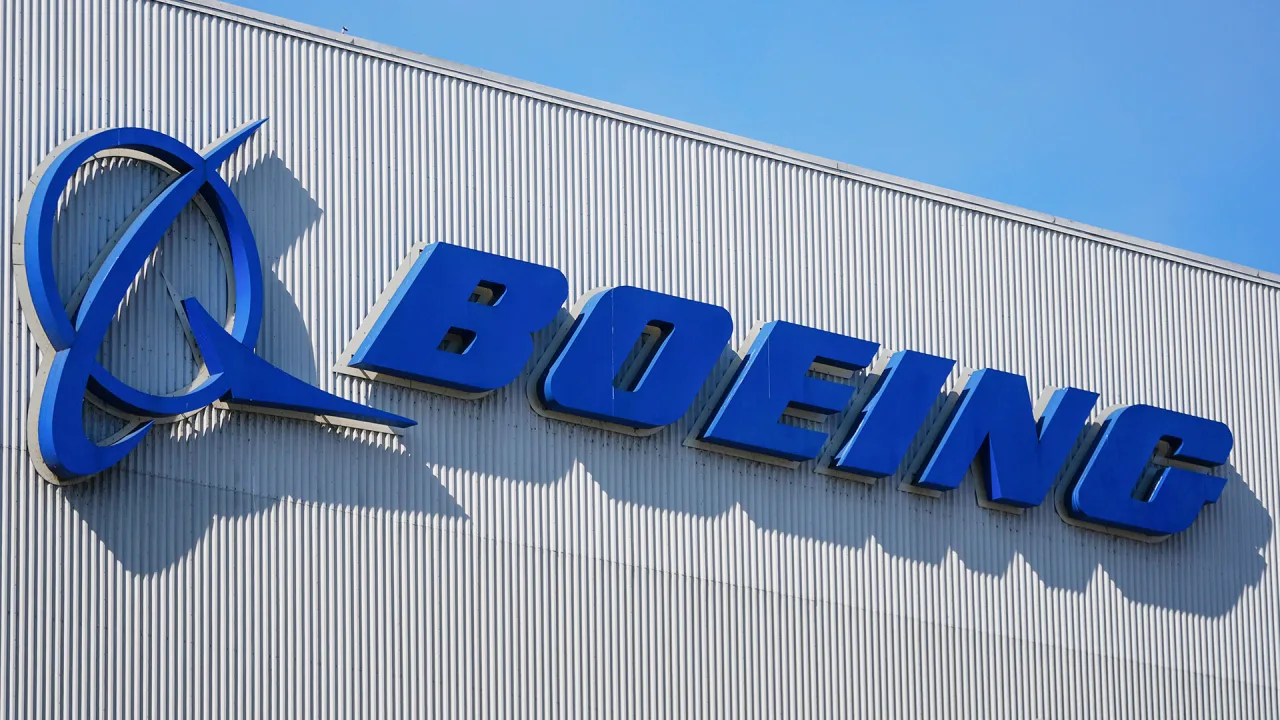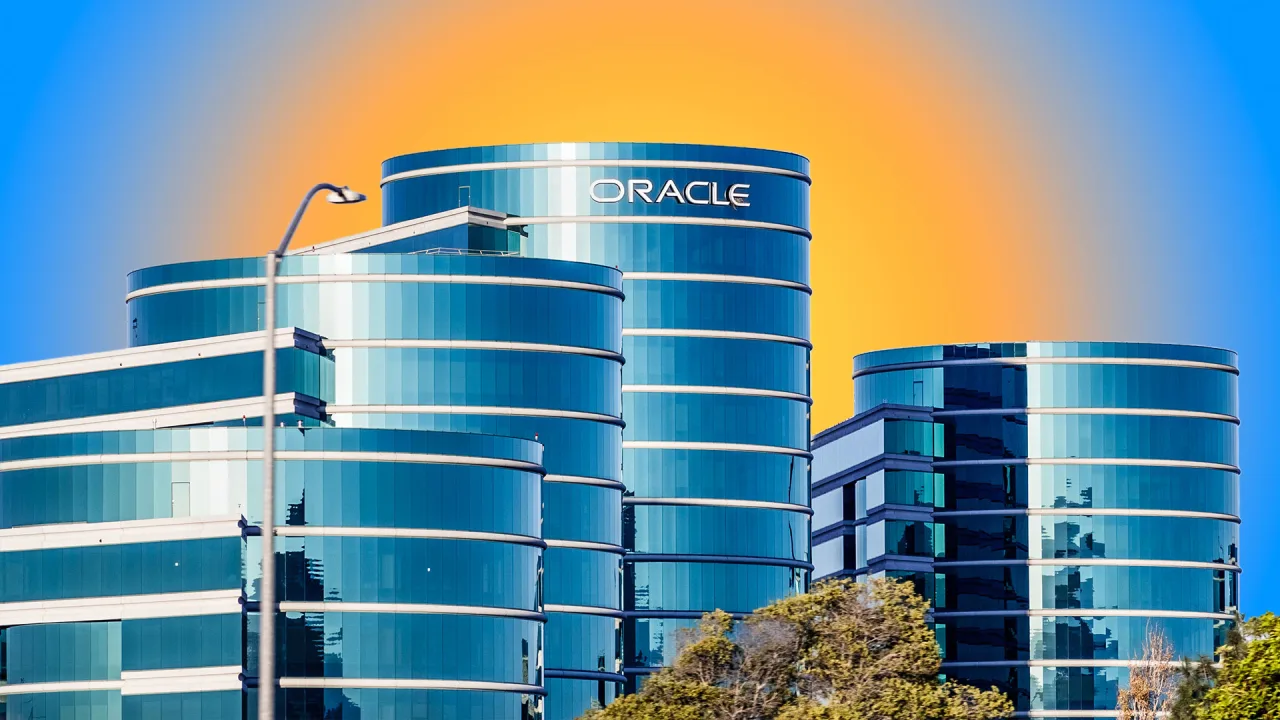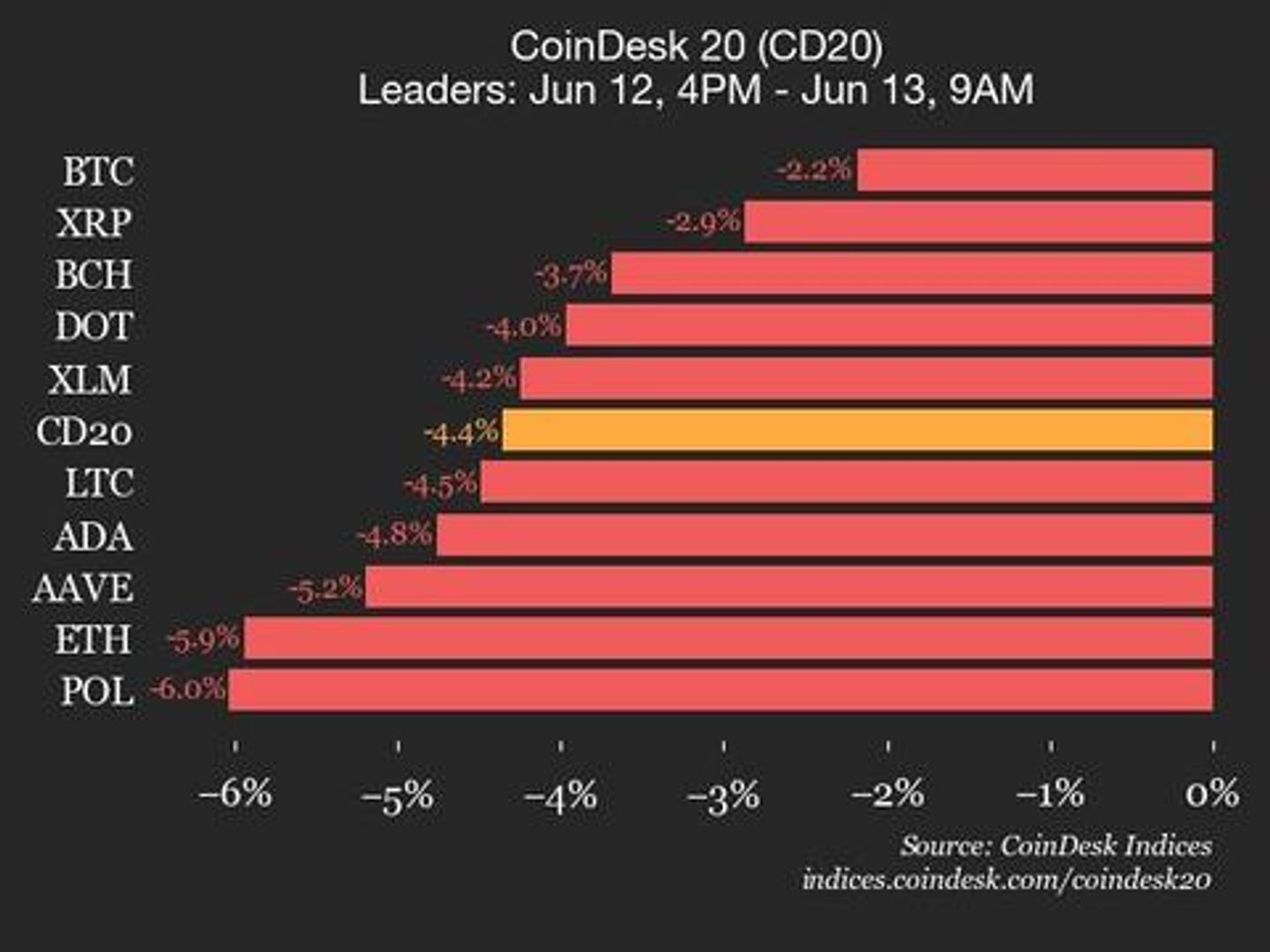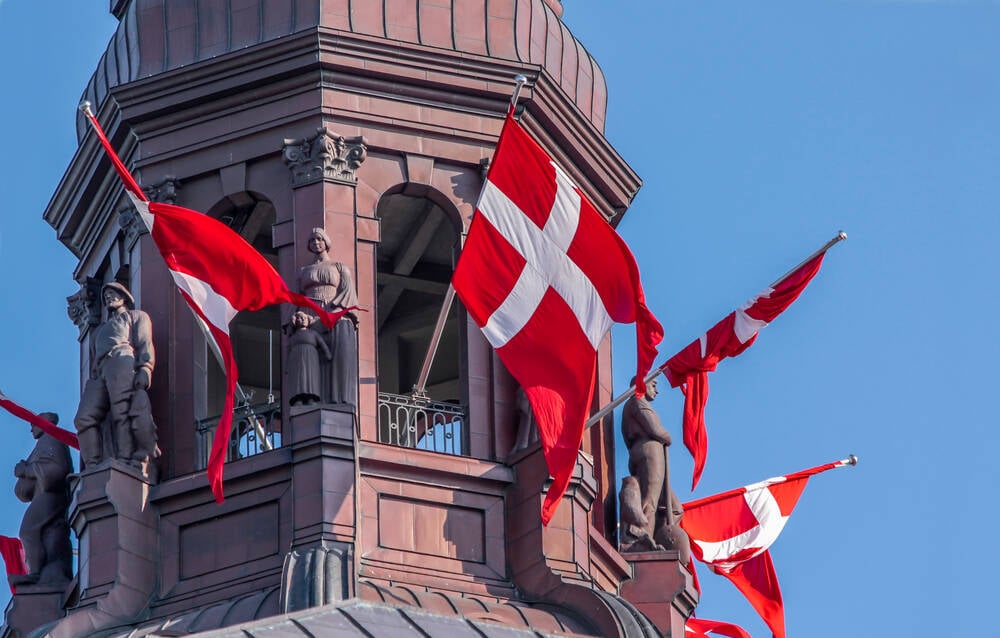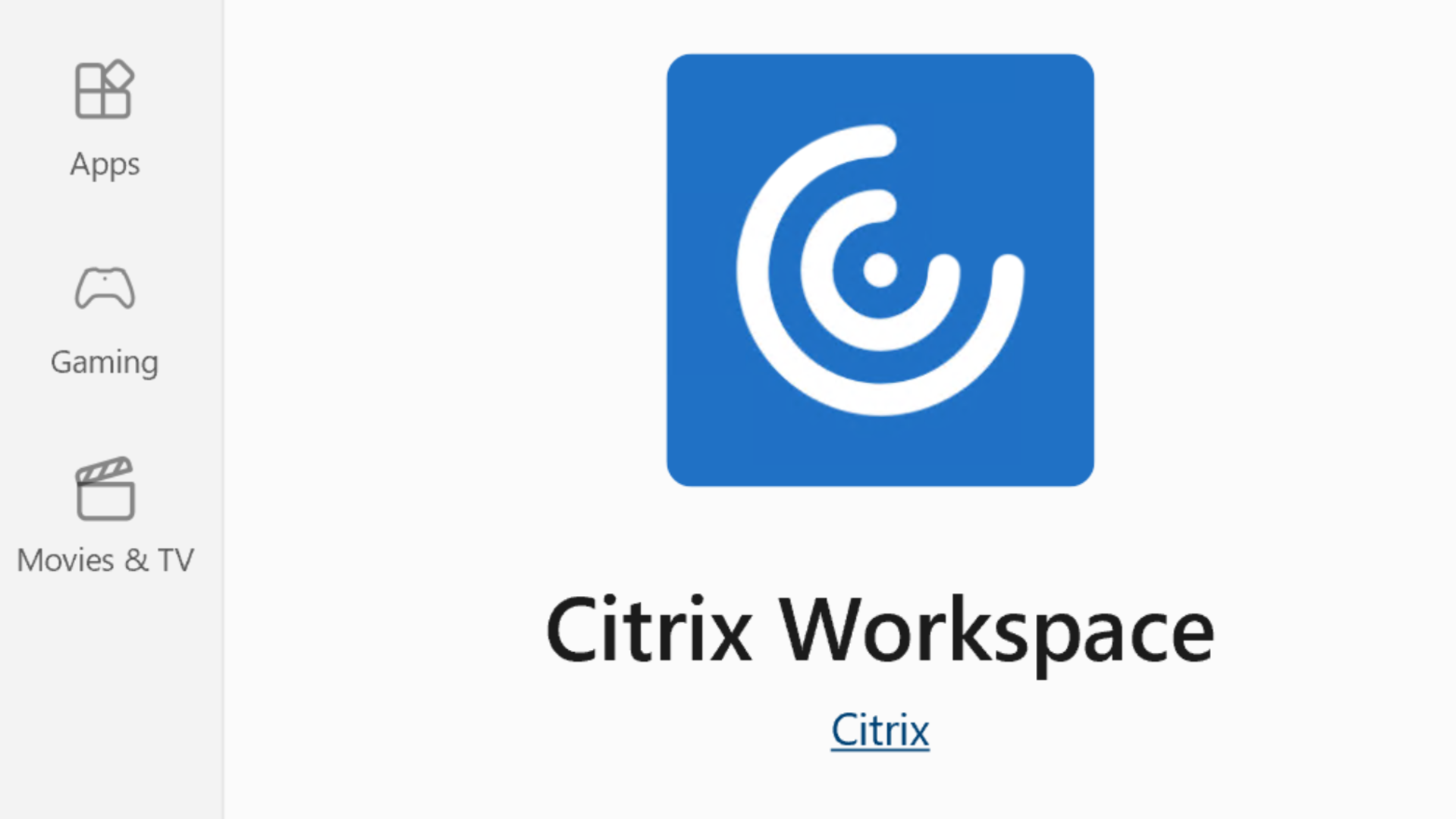How IT companies can build a greener future
Tech sector is uniquely placed to pioneer low emission, intelligent and scalable green practices.

As climate change continues to impact global ecosystems and disrupt supply chains, the responsibility to build resilient and sustainable operations becomes a key priority—particularly for IT manufacturers.
The growing adoption of AI and digital technologies demands ever-increasing infrastructure, yet this growth must be balanced with a commitment to environmental stewardship.
The IT sector, known for its innovation, now has an opportunity—and an obligation—to lead by example in prioritizing eco-friendly networks over outdated hardware and tools to boost energy efficiency, reduce emissions and promote green sourcing and production practices.
One of the most effective ways IT manufacturers can reduce their environmental impact is by working closely with their suppliers to decarbonise the supply chain, and the first step is transparency.
A positive approach for manufacturers is to encourage and, where possible, require suppliers to disclose their environmental impact data, including emissions output, material sourcing practices, and energy usage, which must, by now, be standard practice.
Collaborative data-sharing platforms and sustainability scorecards can help track progress and identify areas for improvement.
Joint sustainability initiatives can incentivize meaningful progress. These may include co-investments in renewable energy projects, pilot programs for low-emission transportation, and workshops on circular design and sustainable packaging.
By building shared goals for which lower emissions are the key target across the supply chain, manufacturers can extend their environmental impact beyond their own operations.
Against the backdrop of uncertain climate events, however, contingency plans need to be implemented that allow for, and anticipate, disruptions. Diversifying sourcing strategies, using more local suppliers, and implementing adaptive logistics frameworks can help mitigate the risks of supply chain instability while also lowering carbon footprints from long-distance transportation.
Embedding sustainability into sourcing practices
Eco-friendly sourcing is more than just a checkbox—it’s a philosophy that can guide supplier selection and purchasing decisions. Industry best practices for IT manufacturers include prioritizing materials with lower environmental impacts, such as recycled metals, biodegradable plastics, and conflict-free minerals. Wherever possible, sustainable certifications—like ISO 14001 for environmental management—should be a prerequisite for supplier partnerships.
Lifecycle thinking is fundamental to a sustainable approach. When sourcing components, manufacturers can think about not just the production impact but also the integration with systems, maintenance requirements and end-of-life recycling programs that will be needed throughout.
By ensuring that the choice of materials and products follows a circular design, easy recycling and safe disposal without hazardous waste--which also incorporates transportation costs for disposal--is easily managed. There are multiple benefits to using lean inventory strategies which can reduce excess and waste, aligning resource use more closely to actual demand.
Smarter tech, greener results
In addition to partner collaboration, IT manufacturers can also optimize their own production environments. One of the most effective ways to do this is through intelligent power management systems. These technologies allow for real-time monitoring and automated regulation of energy usage, significantly reducing waste during both active and idle production periods.
Centralizing power management means that rather than relying on multiple isolated power supplies for various systems and devices, manufacturers can adopt a centralized infrastructure that provides scalable, efficient energy delivery. This approach consolidates equipment, decreases heat generation, and simplifies energy audits—all of which reduce energy consumption and support greener operations.
Every segment of the network needs to keep pace with technical advancements. Wired and wireless technology, from multi-gig Ethernet to the new WiFi 7 standard, is changing rapidly and delivering transformation results, but there are also advantages to simplifying wiring architectures.
By streamlining cable configurations, manufacturers reduce not only the material requirements but also the potential for human error during setup, which leads to less repairs and fewer component replacements. These savings compound across large production facilities avoiding the complexity that can breed inefficiency.
Sustainability as a business imperative
IT companies that embrace sustainability as a core business principle stand to gain far more than just compliance with regulations. The environmental credibility that comes from green practices can significantly strengthen brand reputation, attract eco-conscious customers, and open doors to investment from sustainability-focused funds.
But it is the bottom line that always matters most to the Board and key stakeholders, and it is a fact that if businesses invest in energy efficiency and eco-friendly designs, often they will also enjoy long-term cost savings.
Reduced energy bills, fewer repairs, and lower maintenance requirements can quickly offset the initial investments in sustainable infrastructure, delivering a fast ROI, which coupled with reduced environmental risk exposure, create a compelling business case for change.
Organizations today are always looking at how they can future-proof operations, and prioritizing sustainability can help them in this regard.
Emissions standards for businesses are expected to tighten, with the European Union's Corporate Sustainability Reporting Directive (CSRD) requiring larger companies to report their greenhouse gas emissions for the first time in 2025, and the UK ETS tightening limits on industrial, power, and aviation emissions, aiming for net-zero goals.
At the same time customers are becoming increasingly more discerning, which means early adopters will be better positioned to comply with evolving expectations. They’ll also be more agile in responding to climate-related disruptions, having already embedded resilience into their supply chains and operations.
Actionable activities
Being more sustainable can often start with the simplest activities. Here are a few suggestions:
- Ensure a good site survey to optimize predictability and prevent truck rolls, or a waste of time, energy, and resources.
- Turn devices completely off when not in use instead of sleep mode.
- Invest in quality equipment for scalability that is multipurpose and works efficiently so it can be controlled remotely and start up quickly.
- Use low voltage displays to save up to 70% of energy.
- Choose responsibly-sourced materials with reusable or recyclable options.
- Install PoE-based AV networks to reduce wiring and promote modular upgrades. Using PoE reduces the number of cables and outlets required, which can help to reduce clutter while improving the appearance of rooms/installations.
- Automate recording for ease in broadcasting and educational contexts.
- Promote cooperation over competition in finding complete manufacturing solutions to aid the end user.
- Provide carbon-reducing options for remote, in-person and hybrid working environments.
- Promote operations in buildings and with manufacturers who have sustainability certification schemes.
- Work in the digital world by bringing everything over the network for the possibility of having remote visibility for operations and management of physical spaces.
Responsible innovation
The IT sector is uniquely equipped to lead the shift toward a sustainable future. With its foundation in cutting-edge technology and a culture of innovation, the industry can pioneer the development of low-emission solutions, intelligent networks, and scalable green practices that can be replicated across other sectors.
This leadership must begin internally. IT manufacturers can adopt best practice by embedding environmental responsibility into corporate strategy, from R&D to customer support. Design choices—such as modularity, repairability, and energy efficiency—should reflect a commitment to sustainability at every level.
To drive industry-wide change, manufacturers can advocate for policies that support green innovation and collaborate with peers to establish open sustainability standards. Through knowledge sharing and coordinated action, IT companies can raise the bar for environmental performance across the board.
We've featured the best green web hosting.
This article was produced as part of TechRadarPro's Expert Insights channel where we feature the best and brightest minds in the technology industry today. The views expressed here are those of the author and are not necessarily those of TechRadarPro or Future plc. If you are interested in contributing find out more here: https://www.techradar.com/news/submit-your-story-to-techradar-pro




![X Highlights Back-To-School Marketing Opportunities [Infographic]](https://imgproxy.divecdn.com/dM1TxaOzbLu_kb9YjLpd7P_E_B_FkFsuKp2uSGPS5i8/g:ce/rs:fit:770:435/Z3M6Ly9kaXZlc2l0ZS1zdG9yYWdlL2RpdmVpbWFnZS94X2JhY2tfdG9fc2Nob29sMi5wbmc=.webp)











